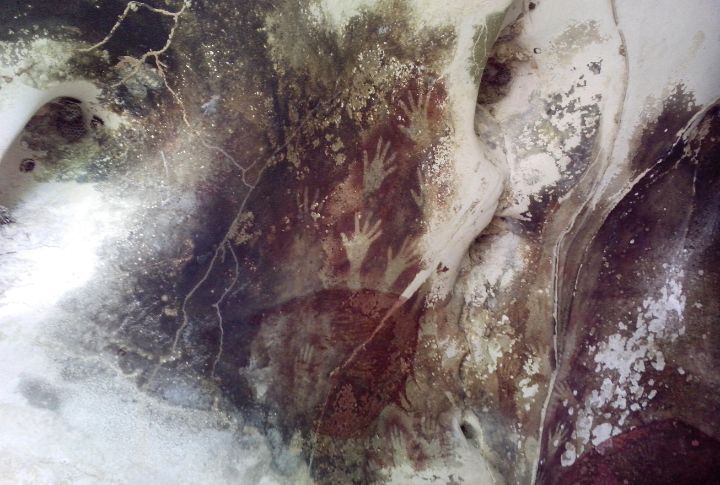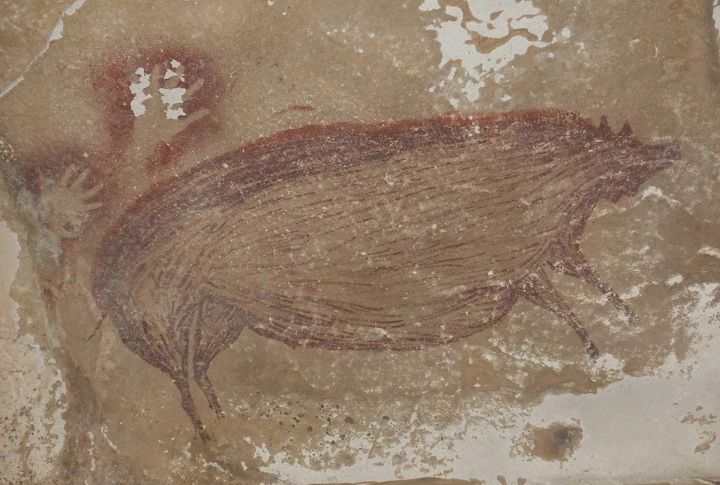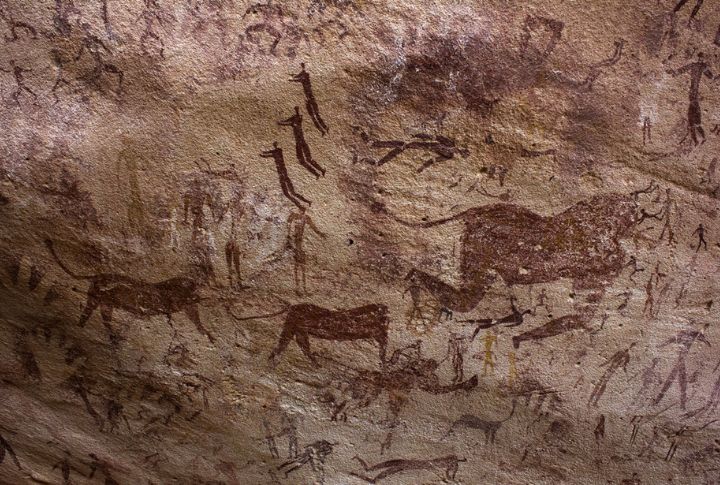
The birth of any art form has always been mysterious, a whisper from something greater that urged man to create. The dawn of paintings was no different. Before man could articulate reason with emotion and before modern man emerged, Art was born in the most unexpected places. Some of the oldest paintings, a testament to our early ancestors’ ingenuity, were discovered in caves where a primitive version of man resided, creating with whatever he had at his disposal. The mystery of these cave paintings, their creators lost to time, continues to captivate us.
The Beginning

The Cave Paintings, primarily found in Sulawesi, Indonesia, and Central France, are another example of how our ancestors were driven by instinct. These paintings, approximately 57,000 years old, are believed to have been created by an earlier version of humans known as Neanderthals. The walls of these caves, made of a chalky limestone called tuffeau, provided a canvas upon which these early artists engraved their stories.
Found Patterns

Researchers have discovered that the patterns found on the covers of these soft walls are called Finger Flutings. They are made of stripes, spots, lines, and parallel lines. Found in the La Roche Cotard in the Loire Valley, these paintings have an enigmatic tinge to them. Finger fluting is a common technique found in prehistoric Art. It has an organic abstractness that isn’t easy to comprehend yet lingers in your memory. The ongoing research and the tireless efforts of analysts from various countries to unravel the meaning behind these paintings underscore their significance and relevance.
Another Set Of Paintings

The Sulawesi Cave Paintings, found in Sulawesi, Indonesia, were discovered in the early 1950s. These paintings are also approximately 57,000 years old and mostly depict animals, hand stencils, human figures, and abstract figures. Some of their most striking pictures include wild pigs, dwarf buffalo, and Native Sulawesi Warty Pigs. They also used finger fluting as a technique to create Art that depicted their surroundings.
Inherent Ingenuity

Each stroke, point, and figure created depicted the distinctiveness of prehistoric people like Neanderthals. Researchers and analysts have used various techniques to understand the creative stimuli and cognitive abilities these men were bestowed with. Prehistoric Art like this emphasizes that man, whether evolved or not, is intrinsically creative and connected seamlessly to all that surrounds him.
